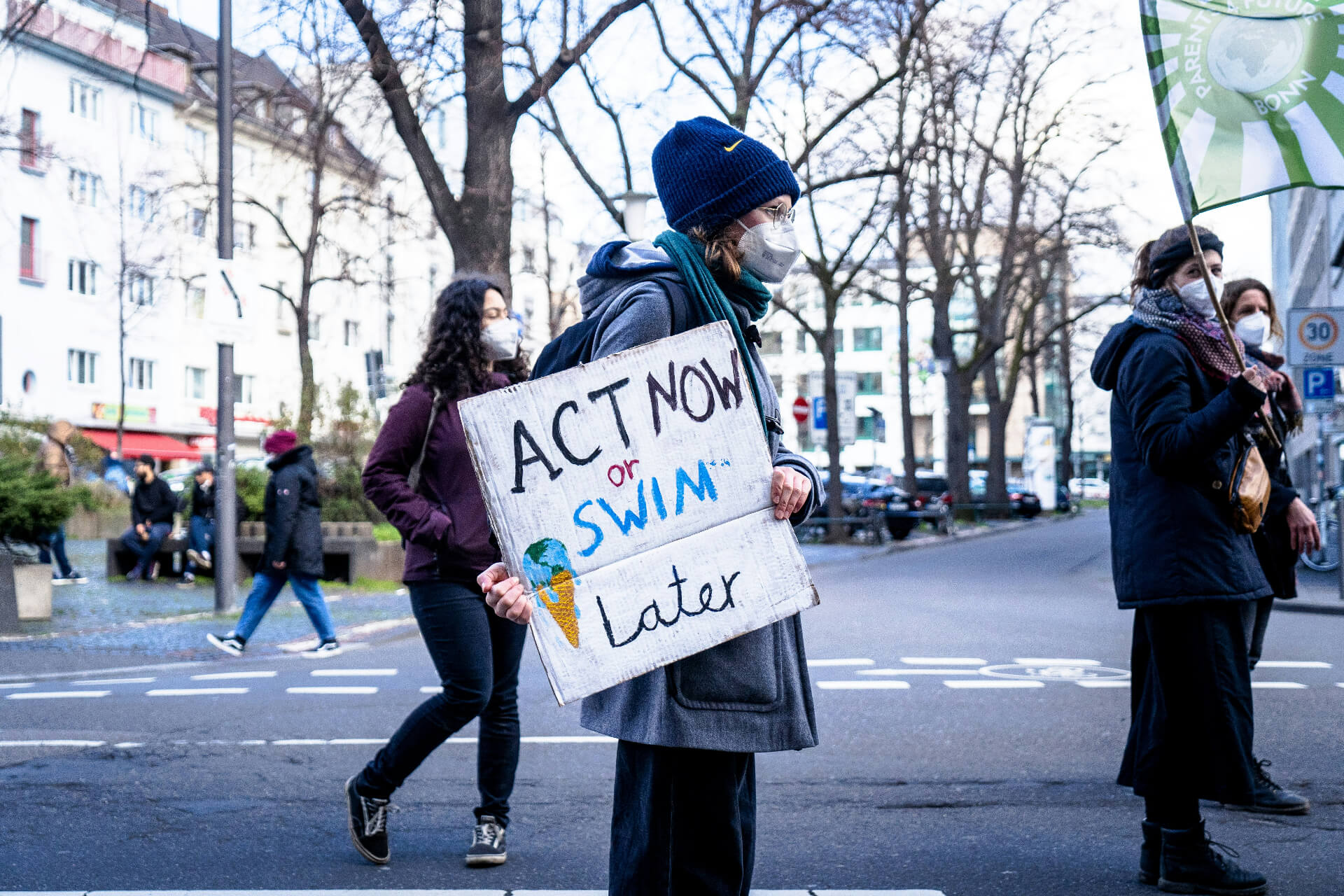
What Is Climate Resilience?
We are reader-supported. When you buy through links on our site, we may earn affiliate commission.
A hurricane terrorizes a coastal region more times than in a season than the last decade. Wildfires ravage entire nations despite firefighters attempting to control the blazes. Temperatures are reaching extremes, and natural disasters are becoming harder to predict and contain. The worsening climate crisis requires all industries to participate in climate resilience to mitigate its impacts. What is climate resilience, and what does it look like when applied? If executed correctly, it could save the planet.
What Is Climate Resilience?
You have seen the horrific news coverage of unexpected intense weather events hitting areas that you never saw coming. Climate resilience is a strategy, mindset, and motivator to reinforce the planet and its people to withstand climate change.
In short, climate resilience is a practice that attempts to shift how humans construct societies and live their lives to acclimate to the changing world.
If people commit to climate resilience, then communities will not suffer natural damage as severely. The destruction people face will be easier to recover from because the area was prepared. Climate-resilient development is a sustainable way to protect infrastructure, public health, and biodiversity by expecting the worst of what nature has to offer.
What Is the Difference Between Climate Change Adaptation, Resilience, and Mitigation?
Many who are researching these subjects often find these terms used interchangeably. However, there are nuanced differences.
What is climate resilience compared to mitigation and adaptation? Resilience focuses on preparation so recovery from climate change is faster and easier. It is about predicting tragedy, knowing the negative side effects, and actively trying to prevent them. This foresight increases humanity’s chance of coming back from a disaster.
Climate adaptation is about changing behaviors and society, too. However, it is about living and adjusting to the new reality of the changed planet instead of leveraging humanity’s ability to prepare for the effects.
For example, adapting to rising sea levels would require installing walls to reduce flooding. A resilience-based approach would advocate for the development of alert systems to notify citizens when waters are at dangerous levels, while planting organic water-retention measures to expand green spaces, carbon capture potential, and rainwater harvesting potential.
Mitigation focuses on directly combating climate change by reducing greenhouse gas emissions and overall impact. For example, the wall that was built to be a barrier against sea-level rise could have been made from concrete — an environmentally destructive material. Mitigation would instead create a bioengineered retaining wall with organic materials that also support environmental healing and net-negative objectives.
All these terms relate, and they are not mutually exclusive. Mitigation, resilience, and adaptation must happen simultaneously to survive climate change.
What Are Some Examples of Climate Resilience?
Hurricanes are on the rise. The National Oceanic and Atmospheric Administration suggests hurricane severity will increase by up to 10% with rising temperatures. This means stormwater management has to improve.
In Roskilde, Denmark, the town fashioned the storage tank to support a skating facility. The drainage potential is ideal here. This multipurpose strategy found an avenue for the excess water without letting it flood communities.
Poland noticed their urban heat islands were becoming hotter. So, four cities decided to make their bus stops greener by putting a garden on their roofs. It provides water retention and carbon capture abilities, resulting in bus stops that are on average 10°C less than bus stops without greenery.
The Texas freeze is one of the most famous examples in modern U.S. history of how cities must adopt climate resilience strategies to survive. Residents didn’t anticipate low temperatures, when the state is normally blazing hot. Because people prepared for heat waves instead of the opposite, the impacts were felt more intensely.
What Are the Five Pillars of Climate Resilience?
Climate resilience is divided into five pillars to guide professionals on a productive path. Each pillar focuses on a different aspect of community protection, building off the previous. It begins with foundational necessities and caps off with big-picture impacts.
Threshold Capacity
A region has noticed a consistent amount of natural forces damaging their region. What is its first layer of defense? Threshold capacity describes ways to stop destruction by defining a threshold against environmental variation.
Coping Capacity
Even though there is a baseline for a defensive strategy against common stressors, this isn’t a foolproof solution. Coping capacity outlines how well cities or countries cope with natural disasters while reducing how much damage they cause. This pillar’s capacity should expand with each disaster a region interacts with, becoming more resilient each time. This includes expanding first-aid care, reinforcing utilities so they don’t shutdown, and more.
Recovery Capacity
How gracefully and swiftly can a neighborhood, city, state, or nation come together to bounce back from a tragedy? This is recovery capacity. Ideally, the region should come back stronger, because recovery included more mitigation measures. Consider situations like Hurricane Katrina in New Orleans, which suffered from low recovery capacity.
Adaptive Capacity
When undergoing recovery or doing climate resilience planning, adaptive capacity encompasses an area’s knowledge of the future. What is the probability of each type of disaster? How well are planners using historical data to understand trends? Adaptive capacity embraces flexibility, as the needs of the town and its citizens may change as nature becomes more volatile.
Transformative Capacity
Collaboration is key in any climate-based initiative, and this applies to climate resilience, too. Politicians, activists, HOAs, and everyone in-between must get involved. How well is the region encouraging this behavior so people become self-motivated advocates for climate resilience?
Transformative capacity describes how strong a community is at brainstorming, implementing, and becoming the climate-resilient society of its dreams.
What Is Climate Resilience in the Modern World
Climate resilience is a necessary mental and physical structure in today’s climate, literally and metaphorically. Without paying attention to natural trends, humanity will never be able to recover as every disaster’s intensity strengthens beyond imagining.
These models, alongside mitigation and adaptation, are the ways humans can work together to make societies more durable. It will also decarbonize society in the process, letting the planet heal from the damage humans caused.
Share on
Like what you read? Join other Environment.co readers!
Get the latest updates on our planet by subscribing to the Environment.co newsletter!
About the author
Grace Waters
Always inspired by the natural world around her, Grace grew up exploring tide pools and hiking mountain trails, developing a deep appreciation for biodiversity and conservation. Now, Grace works as the Senior Editor of Environment.co where she covers topics related to emerging clean technologies, zero-waste initiatives, and the intersection of environmental policy and everyday living.





